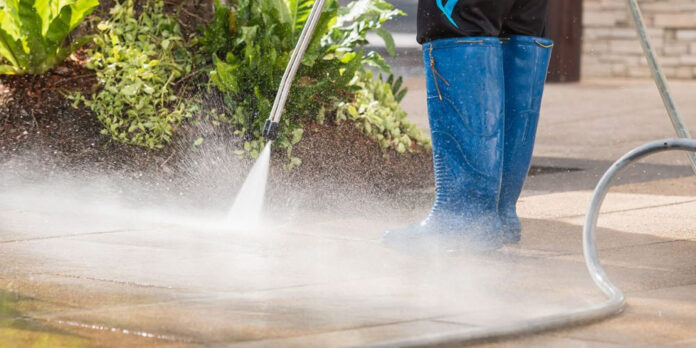A pressure cleaner or washer is among the best cleaning tools you can get. It functions with electricity or gas, depending on the model. A pressure washer machine can last for years if well maintained. Once you invest in one, you won’t spend your money on another anytime soon. Nevertheless, some problems arise which affect your budget plans. This post highlights the pressure cleaner problems.
Common pressure washer problems
Various equipment suffers different problems. Some you can fix independently, while others need a mechanic or expert. Pressure washers have no difference. Once serious damage occurs, you’ll spend money on repair or get a new one in the worst-case scenario. These problems include;
1. Too much pressure on the pressure cleaner
Pressure washers are pressurized equipment. Ironically, excessive pressure means something is wrong. Pressure nozzles cause a build-up of pressure within the washer. The pressure then forces the water out onto the surface. Nozzles come in varying sizes so getting the right fit is essential. Fixing the correct nozzle allows the proper flow of pressurized water. But, if you set one that’s small, there’s a water flow resistance. Again pressure builds up but has no way to escape, thus causing problems. A faulty pressure gauge may mislead you, causing wring pressure settings.
2. Leaking of the pressure cleaner
A leaking pressure washing machine is both good and bad. Conduct a thorough check, so you don’t mistake positive leaking for a negative one. Positive leakage is when everything is intact, especially the seals. In such a case, it means the pressure washer may be overheating. Therefore, the thermal relief causes the washer to leak for it to cool. It’s like an exchange where hot water flows out, and cold goes in hence the leaking. Bad leakage happens when the washer is left on and not in use. To stop this, hold the trigger and pull to allow the flow of water outside the washer.
3. Regular surges
Surges in electrical devices mean something isn’t right. In pressure washers, a surge refers to moments of proper pressure followed by instant dropping. A drop in pressure levels means the water capacity is low, and the pumping system cannot pump the desired amount. To avoid this, ensure the water source provides adequate water for pumping. Also, know the capacity of your pump and let it march that of the water outlet.
4. A faulty pressure cleaner motor
The motor or engine is the central part of the cleaner. If it fails, the washer cannot run. Engine problems are pretty common, and their frequent occurrences are frustrating. Dirty seals or air filters are the leading cause of this. When dirt collects in the air filter, airflow is blocked, and the carburetor suffers a great deal. Clean the filters often to remove dirt and avoid permanent air blockage.
Final words
Machines will always have one or two problems after purchase. Similarly, pressure washers have joint issues, some of which you can’t overlook. For example, a problematic engine must be fixed for the cleaner to operate. Note all problems and find a way to fix them before worsening.















